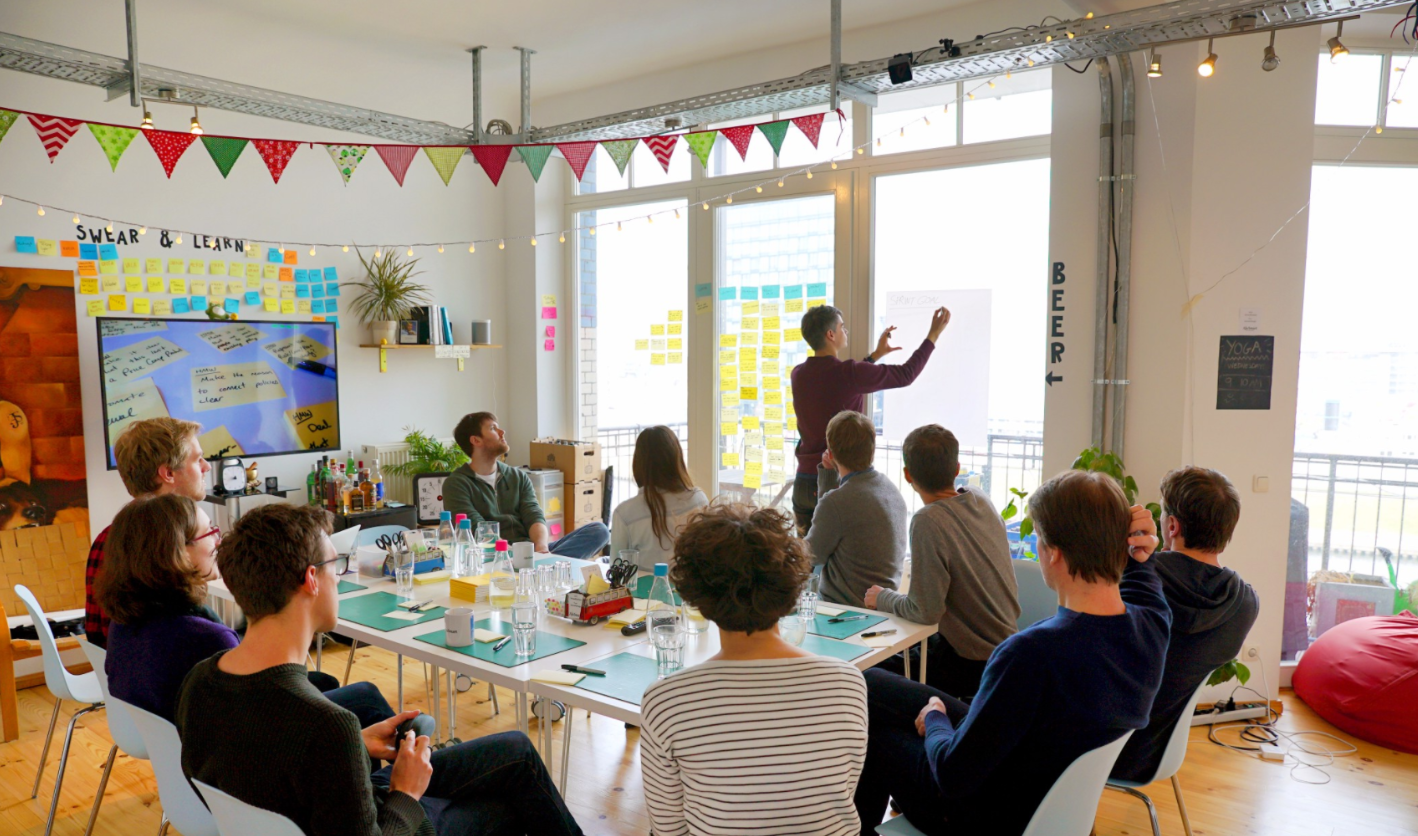This case study presents an overview of the alignment workshops and content creation that Georgi Venchev (design) and I (copy) created for the sensing department of NBG. The organisation wanted new pages for its fiber optic sensing pages.
- Structural Health Monitoring
- Perimeter Intrusion Detection Monitoring
- High-Temperature Monitoring
- Smart Products
Alignment Workshops
Georgi and I felt that alignment workshops would be the best place to begin because each branch of the sensing department was very different. We wanted to align the team on common ground to ensure the overview sensing page was suitable for each technology. After establishing the common ground, we would then move to the four speciality pages.
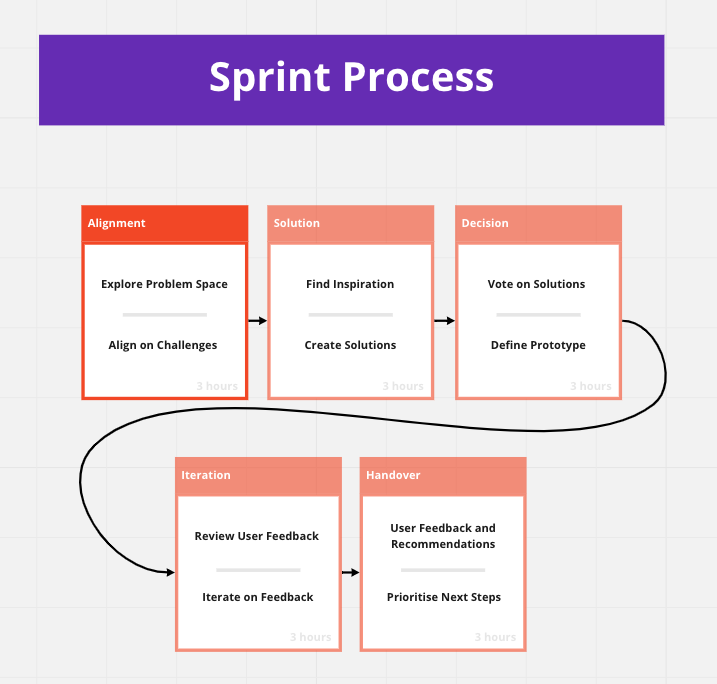
Shortly before the workshop began, we interviewed key members to obtain critical information that would inform the workshop. Essentially, we needed to know as much as we could about the current efficiency of the online presence for each sensing technology and how it could be improved.
How Might We?
The interview technique we adopted is called ‘HMW’ and this stands for ‘How Might We?’ The purpose of the interviews is to listen to problems. The interviewer has to take ‘active’ notes, which means translating each problem into a question – an invitation to solve. “The website doesn’t reach the people who matter” becomes “HMW (How Might We) reach the people that matter with the website?” It’s a subtle difference, but it completely changes the tone. The problem asks to be solved and that’s what we will do in the workshop!
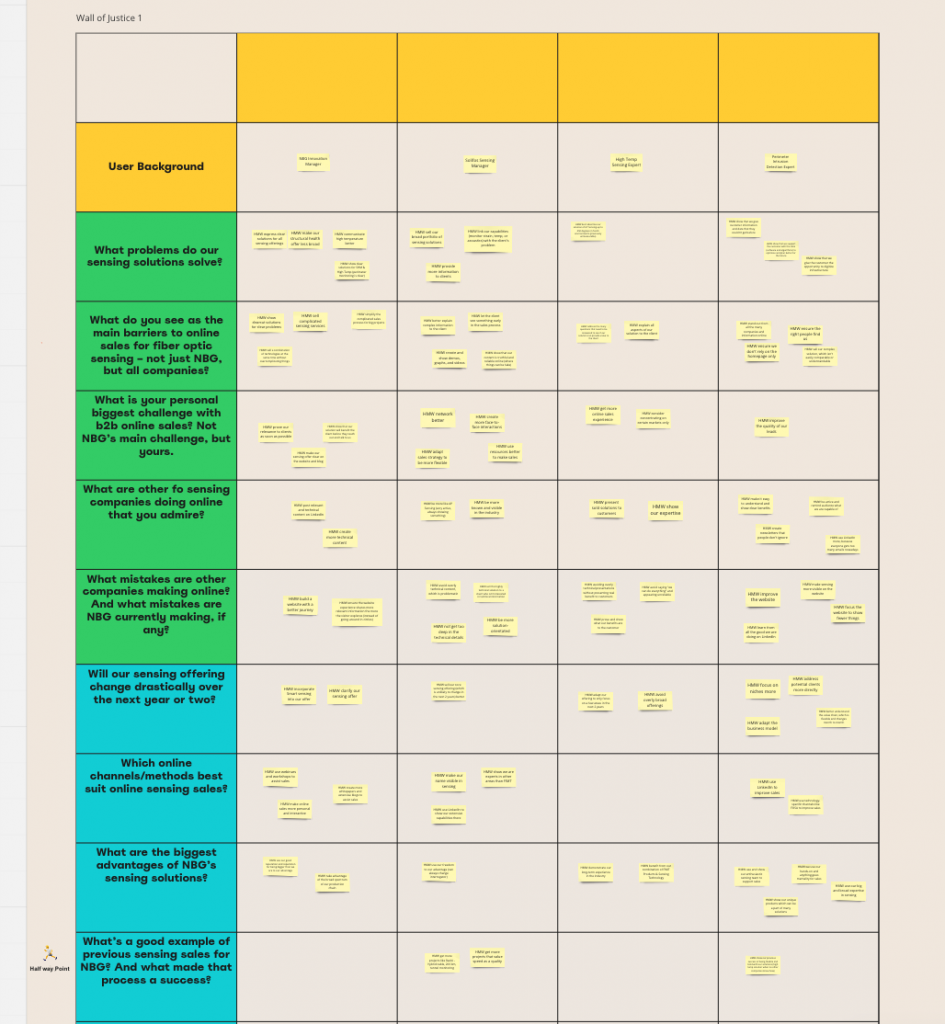
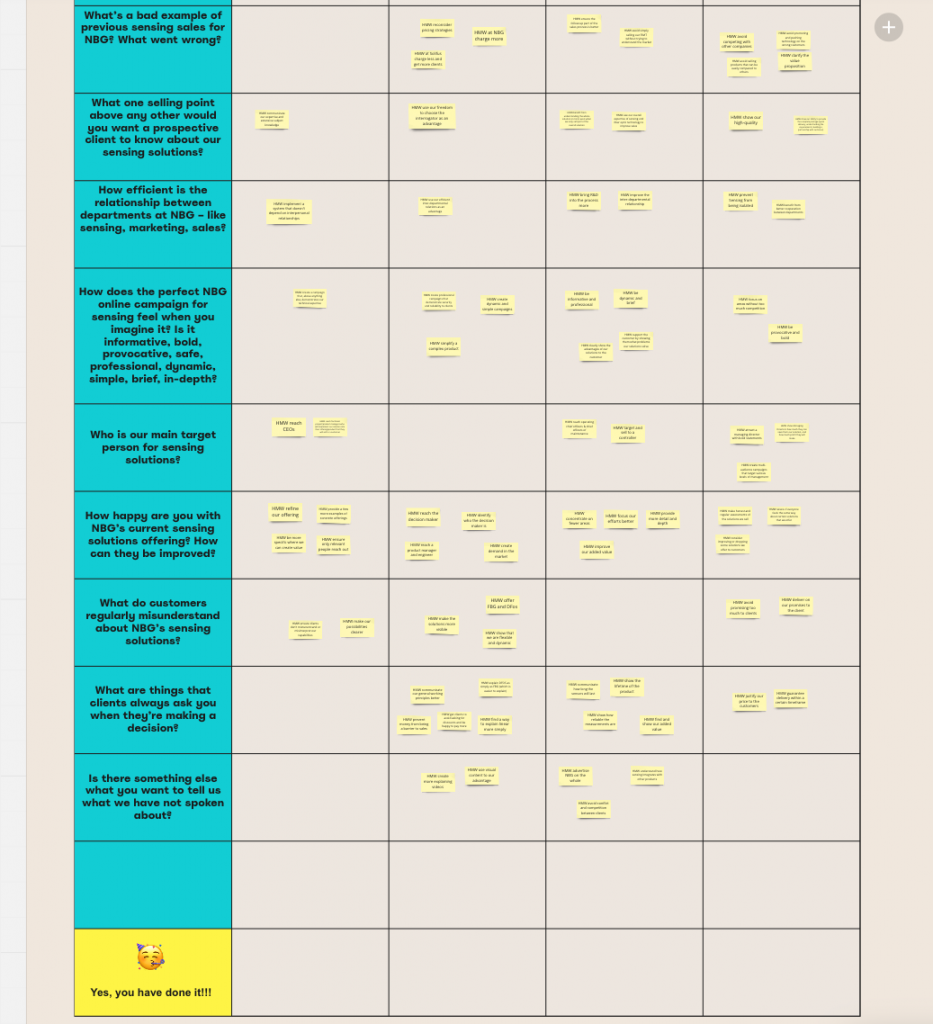
Voting for the future
At the beginning of the first session, we invited the participants of the workshop to suggest and then vote for the top challenges that we gathered from the ‘Expert Interviews.’
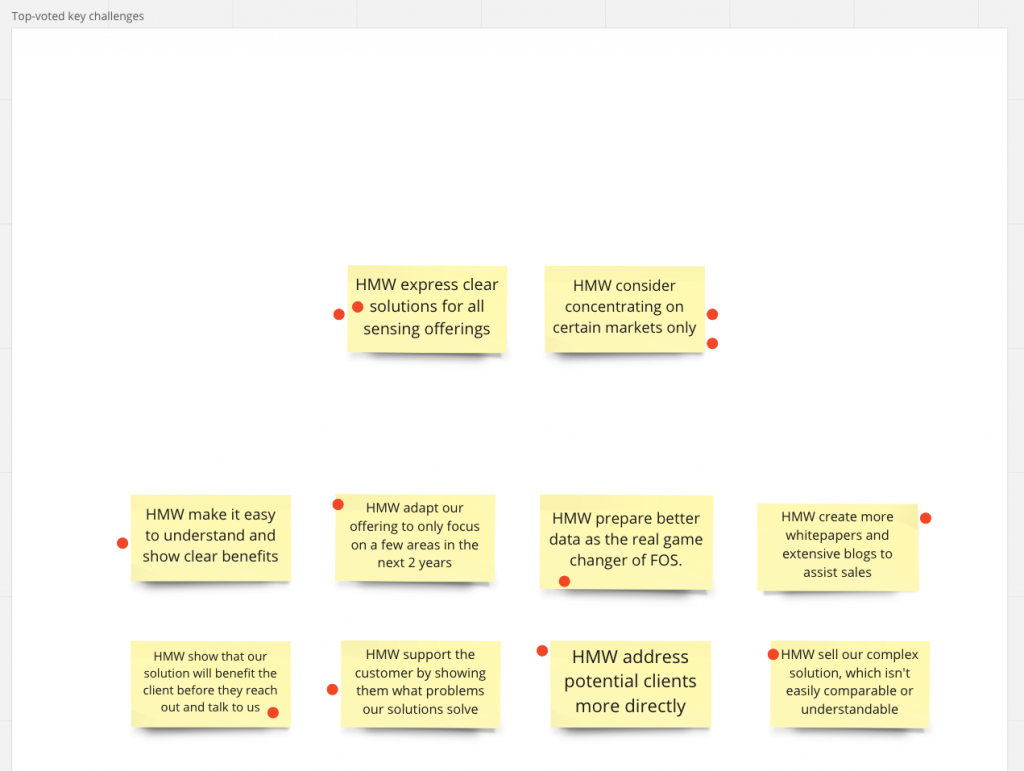
We also followed a voting process to establish an ambitious 2-year goal for the team. We encouraged the team to be as ambitious as possible and share their dream scenarios. The ‘Decider’ voted for the top 2-year goal. Every workshop has a ‘Decider’ to ensure we’re constantly moving forward with strategies and ideas that we will implement with approval at a later stage.
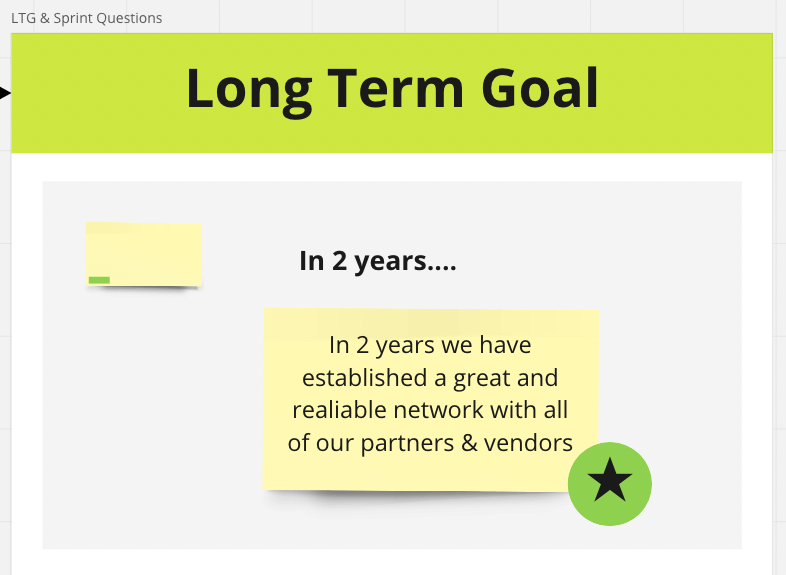
After establishing the 2-year goal, we identified potential barriers to achieving the goal. The purpose of our alignment workshops is to align the key people on the most ambitious target possible. Then we put a strategy in place to make it happen!
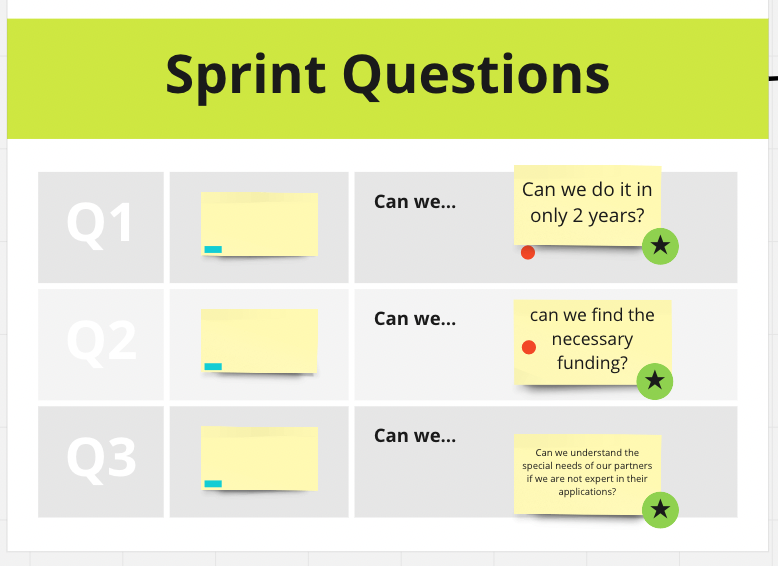
Lightning Demos
The following session at the beginning of the second week began with asking the group for inspiration. We wanted examples that companies have implemented to solve similar problems. The examples didn’t have to be from the same industry (though they absolutely could be), but they did have to be relevant enough to shed light on how NBG may approach its challenge.
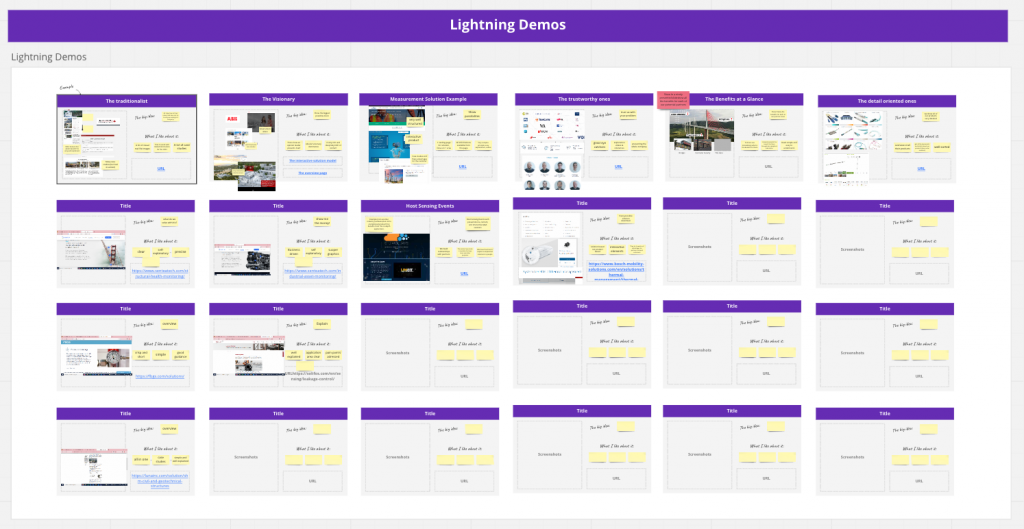
Here’s a close-up of one participant’s suggestion, revealing what we asked them to share with the group about their example.
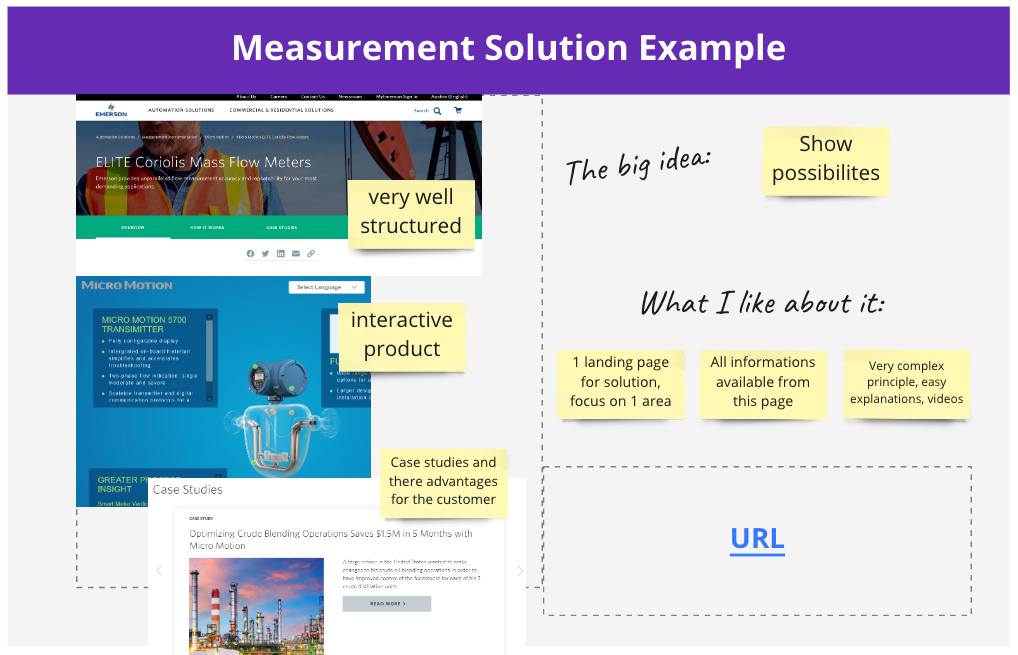
Develop a Prototype
The following session required each participant to create a version of what the pages for the sensing technologies needed to be. We had shared and reviewed the inspiration and now it was time to explore our own ideas and begin to develop a prototype.

Here’s a closeup of one of the examples:
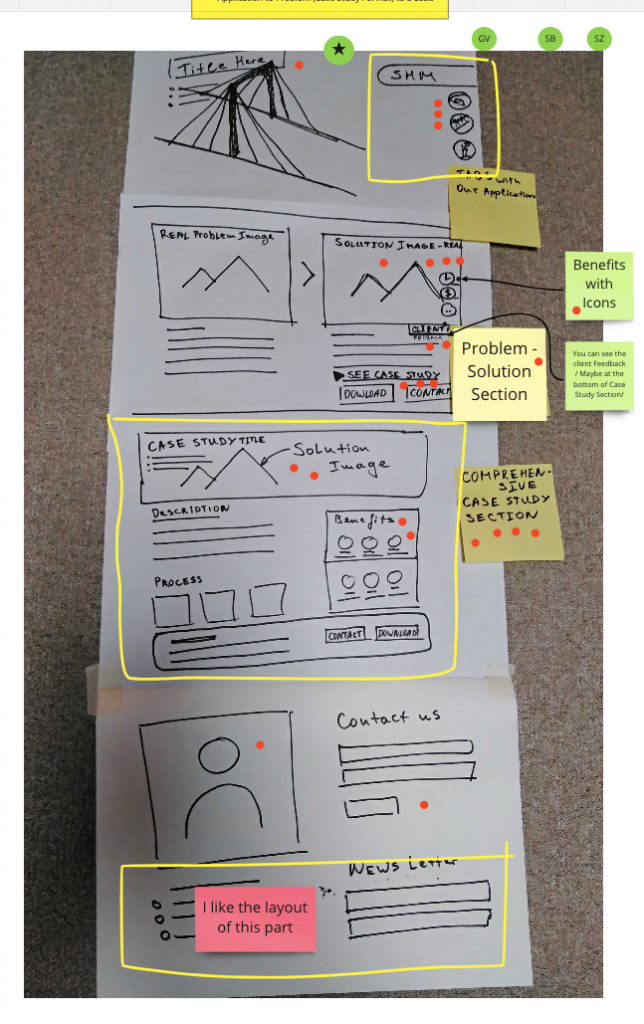
The group voted on certain elements that we felt we should incorporate into NBG’s prototype. Georgi then developed a User Test Flow and Storyboard with the approval of every key individual within the workshop.
Refining the Prototype
We build the prototype and hosted it on a subdomain. Georgi and I booked four interviews with fiber optic experts outside of NBG to guide them through the experience of the prototype, test the prototype, and take notes. We sourced some funding for their time and were able to offer each interviewee a generous Amazon voucher.
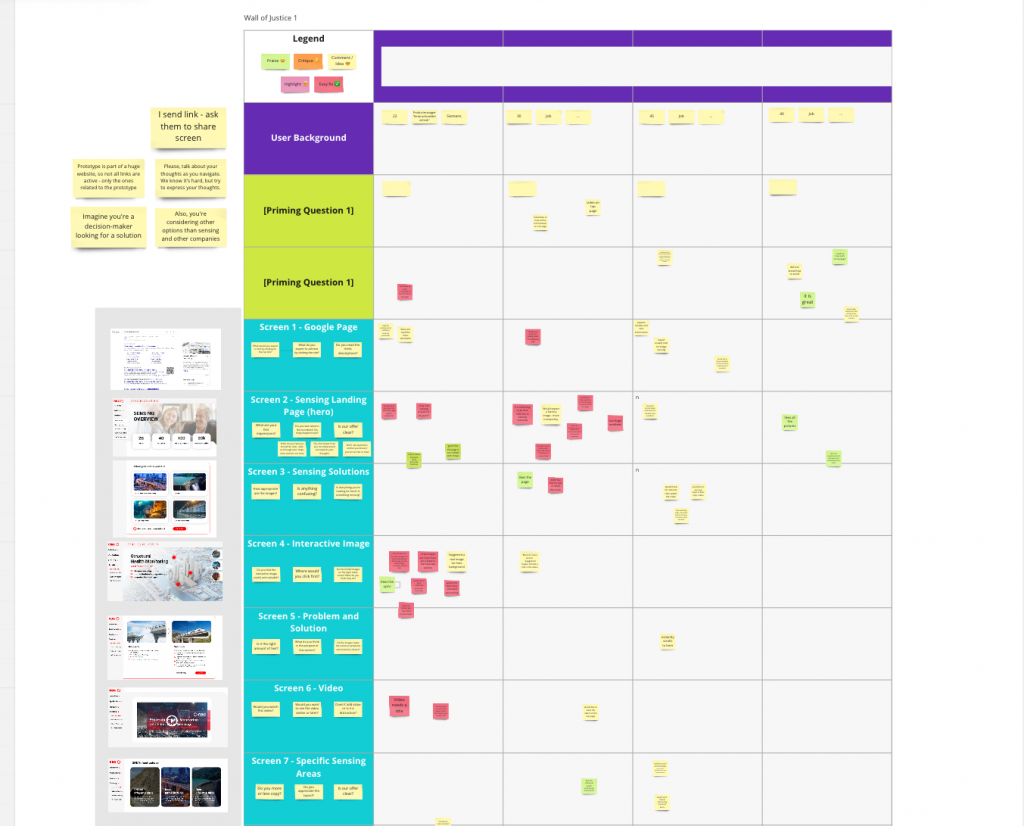
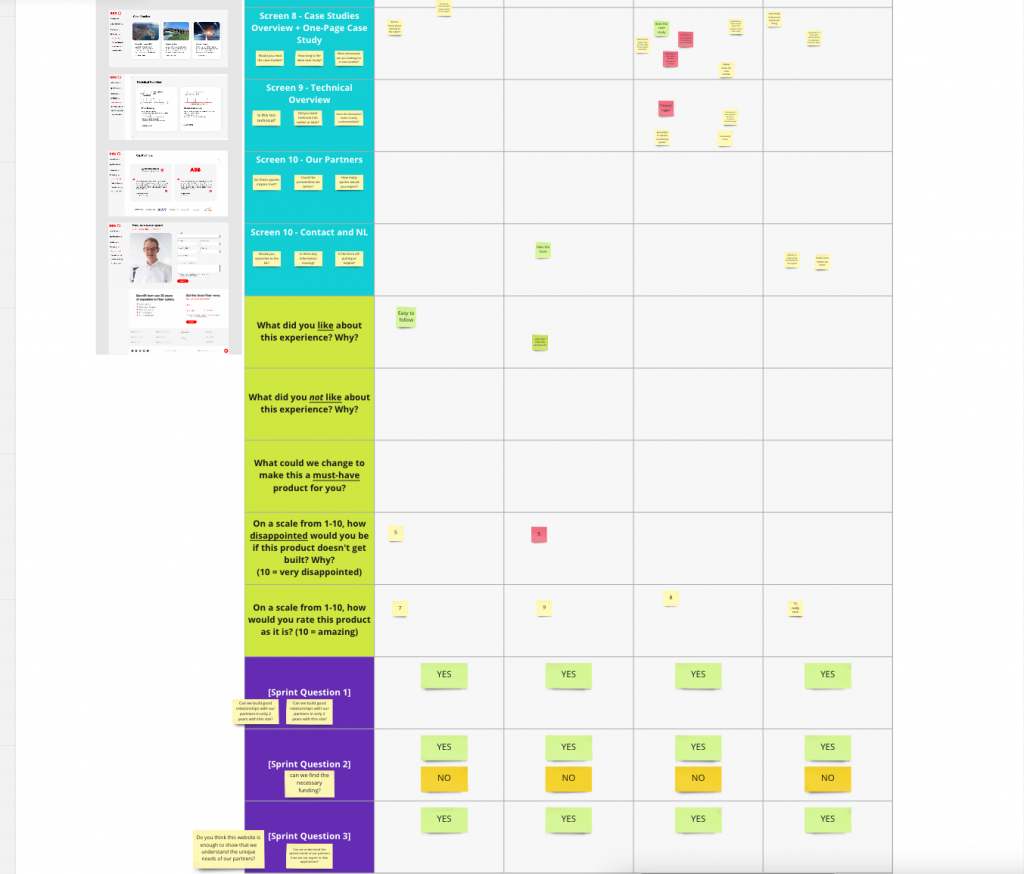
Iteration Designs
The main exercise in the third week’s session was the iteration designs task. We incorporated the feedback, adjusted the prototype, and refined the design. The participants of the session worked on the designs within the workshop at the same time. As the majority weren’t designers, this is a task that may have taken them all day and night to complete. The magic of workshops is the atmosphere for productivity and the encouragement to experiment. Each participant created their own prototype in the session within around 20 minutes. The group then voted on elements they liked for Georgi to construct the refined prototype.
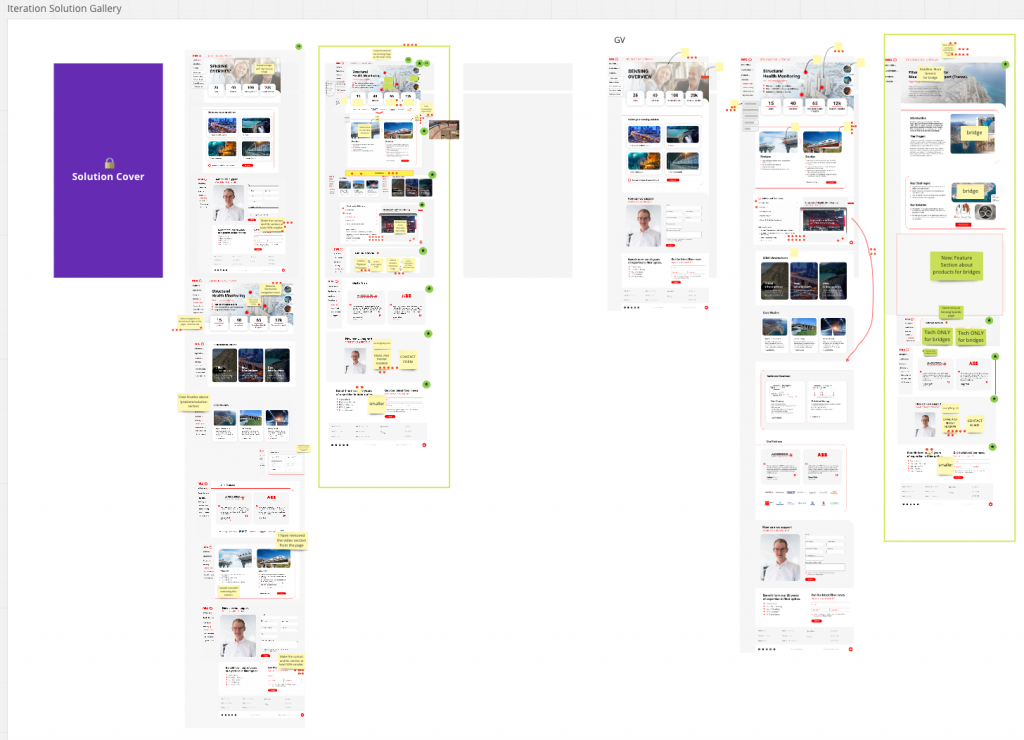
Georgi and I arranged four more interviews to test the new prototype and take notes.
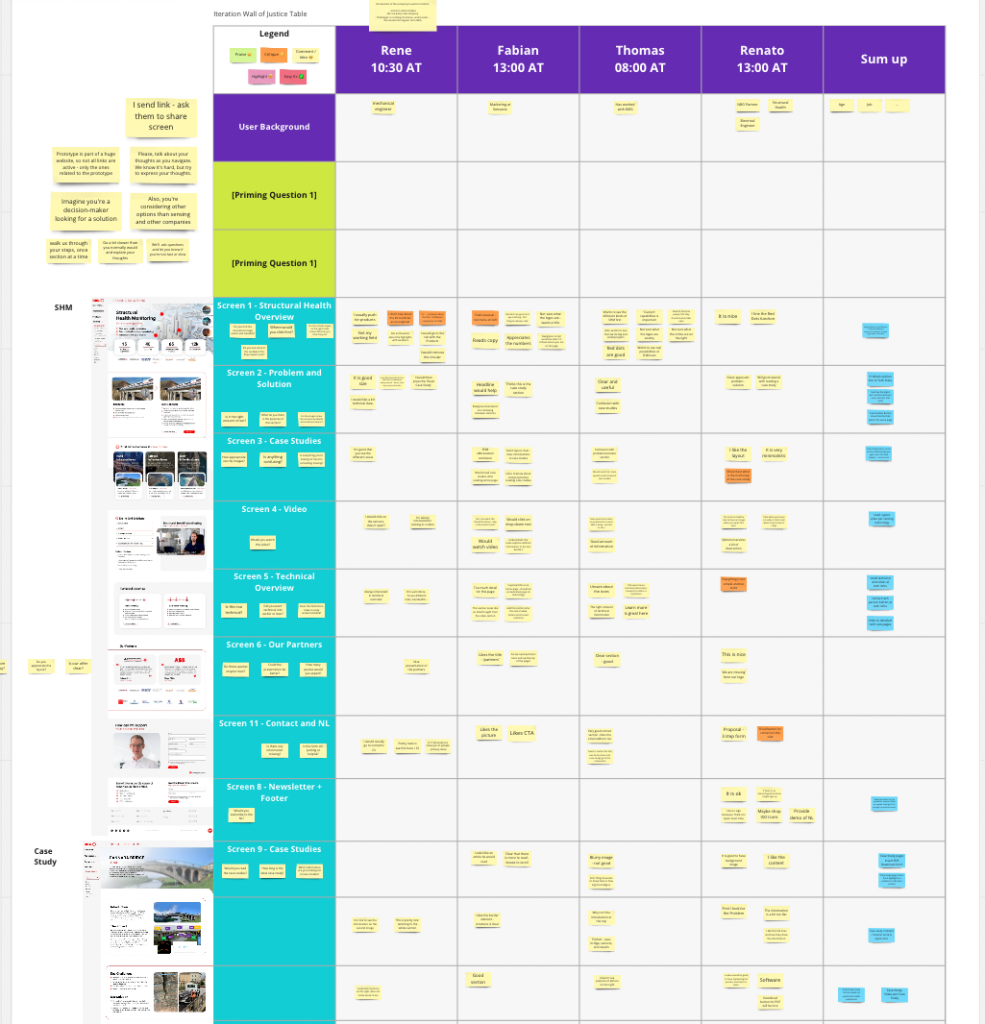
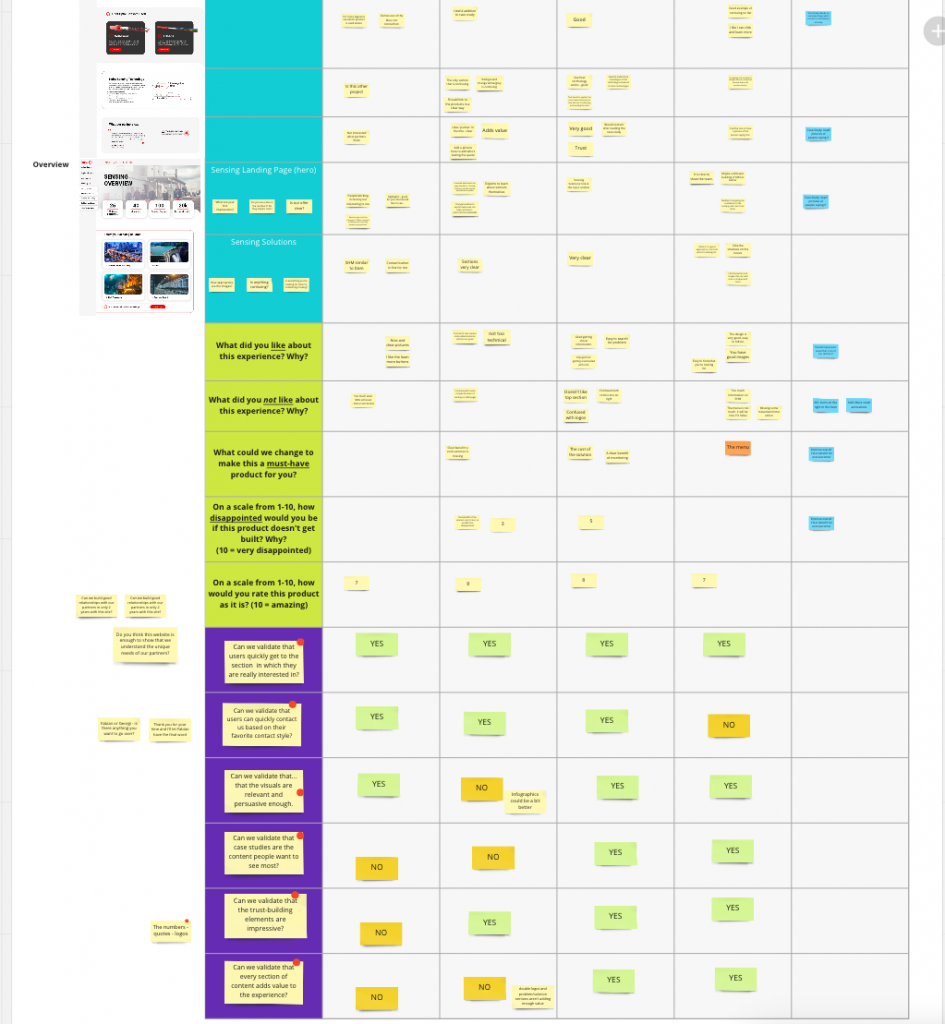
At this point, we had enough information. Some workshop facilitators would now hand the project over to a different team to build the project. Georgi and I, however, have the skills to build and create the content for the final design ourselves.
The Final Design
I will share a sample section of the final design. First, the general overview page:
Overview Page
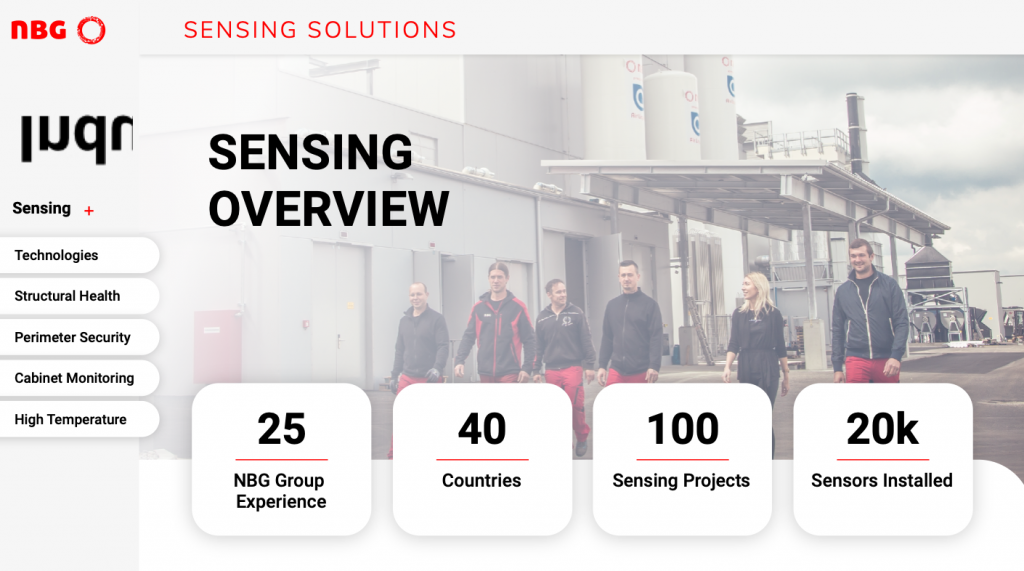
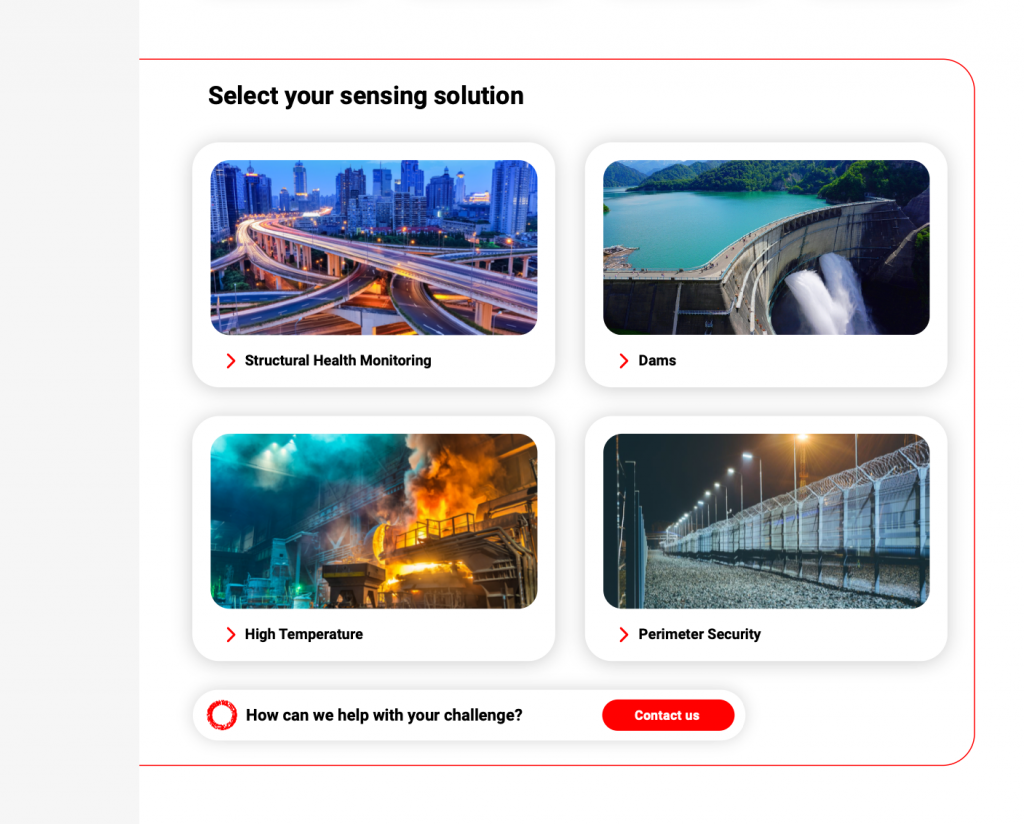
The overview page prioritises a trust element above the fold, sharing NBG’s sensing credentials. Below the fold, engaging illustrations help to guide the user where they need to go. The overview page is clear. There isn’t too much information. The user knows what they need to do to explore the technology that they need.
Now an example of one of the technologies: Perimeter Intrusion Detection Monitoring, or Perimeter Security.
Technology Page (Perimeter Intrusion Detection Monitoring)
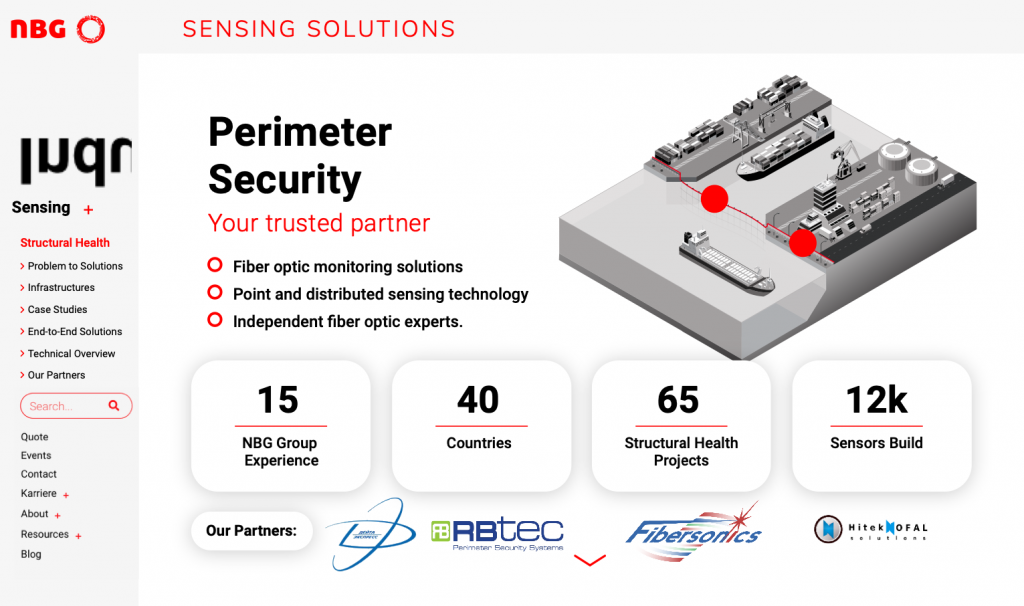
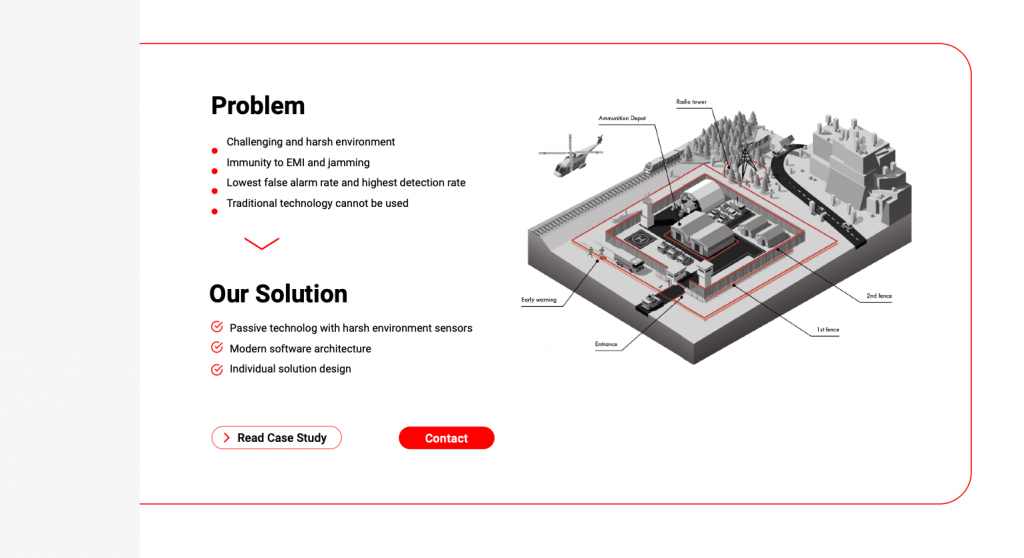
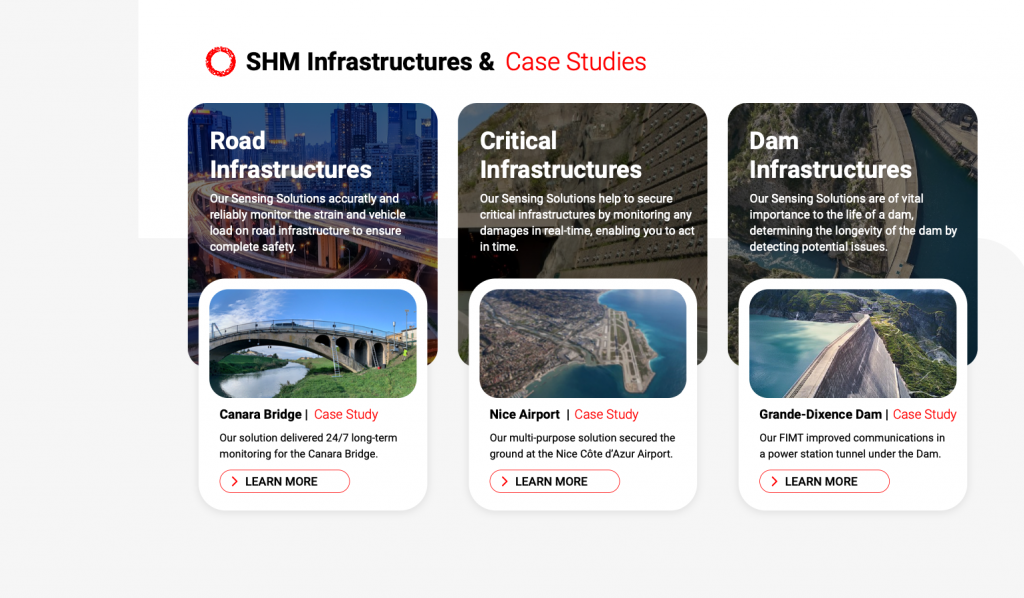
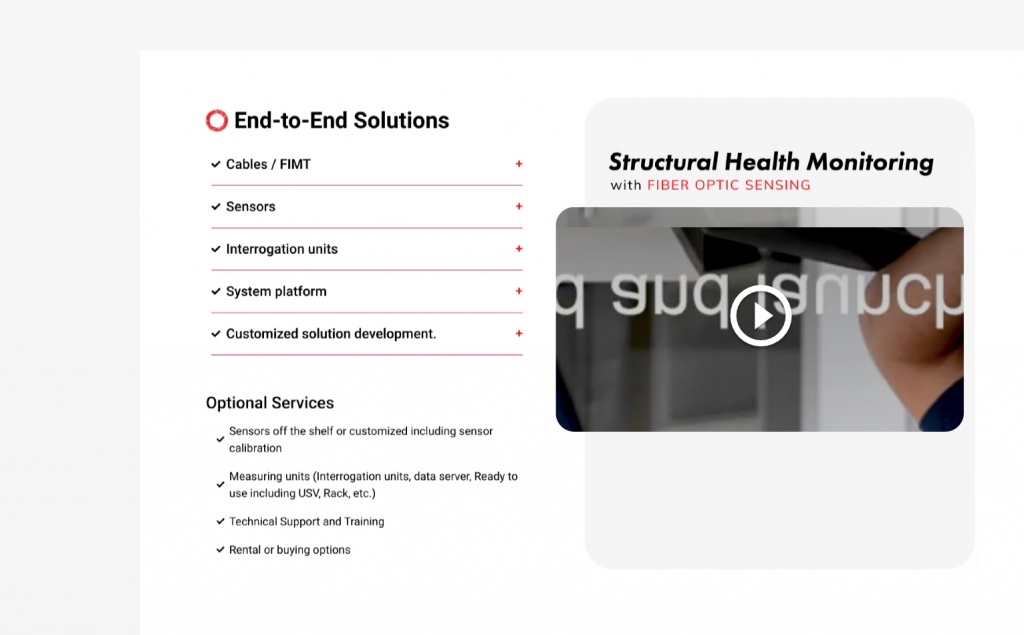
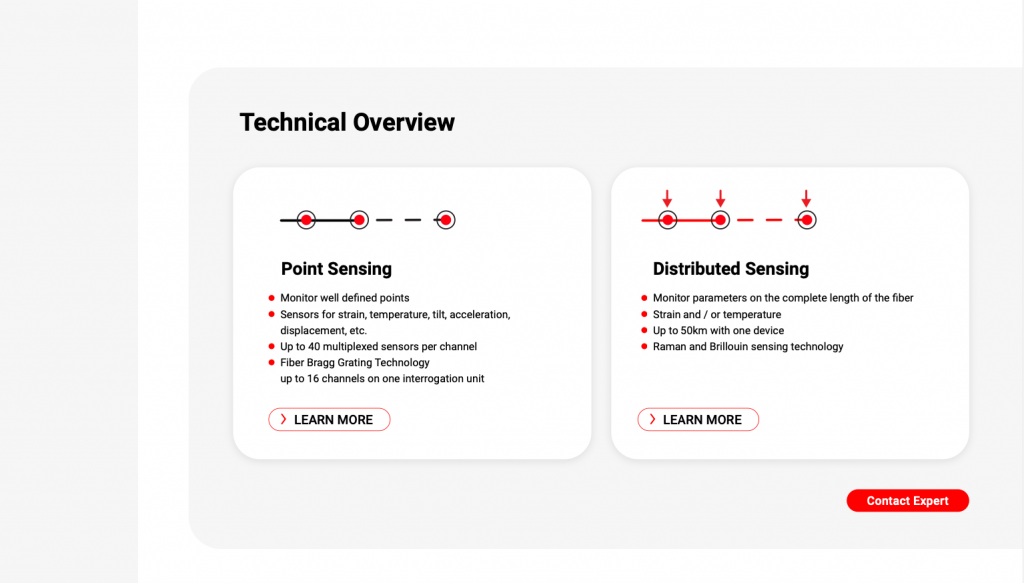
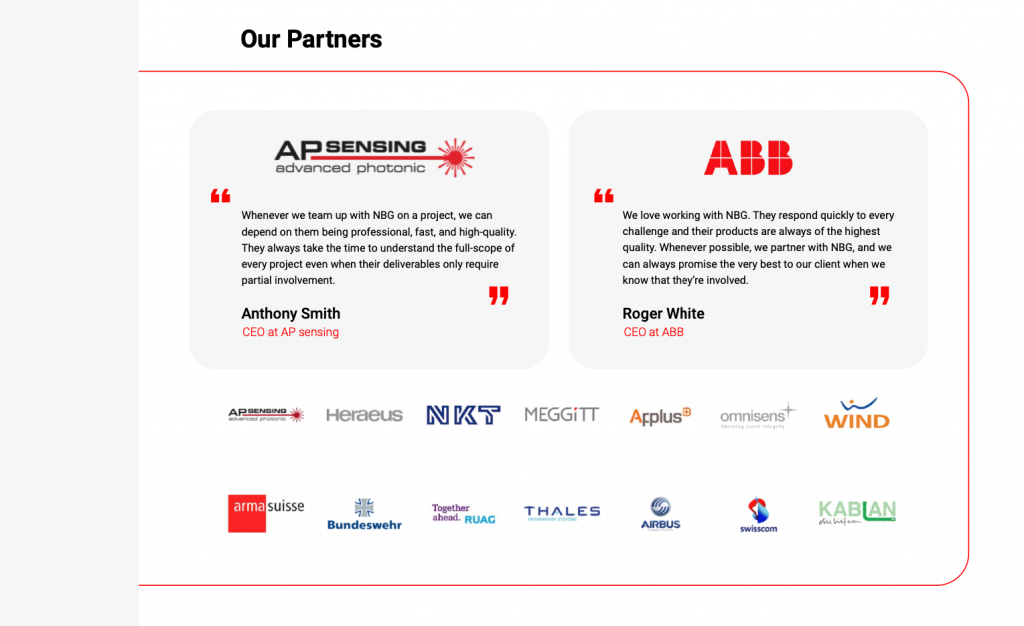
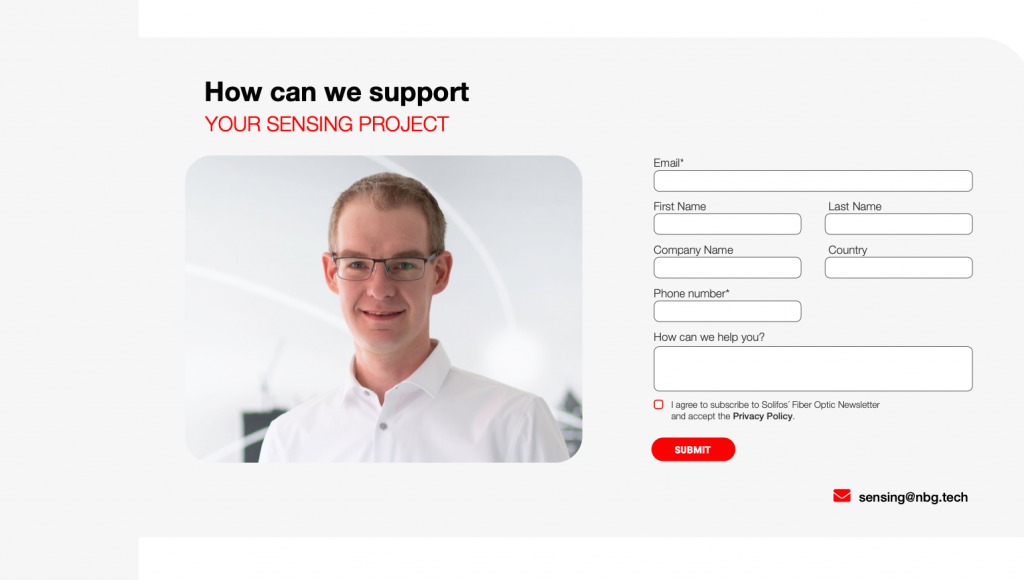
There is a lot of information to take in on this page. But the content is easy to follow. It provides users with clear headings about what the technology has done for other people and can do for them.
One of the key points we learned in the user interviews was the importance of case studies, and that motivated our decision to include a link to case studies higher in the design than the team originally wanted them to be.
Case Study Page
You will note that the case study follows the same structure as the previous pages. The trust element is at the top of the case study, for example. Through feedback, we learned that some would only see a case study page. They may not arrive at the sensing overview page and follow the same journey. Therefore, we ensured that the trust element would be on all of the crucial pages. Other elements such as a recommendation from a previous partner and an easy way to contact a member of the team for further discussion are also essential.
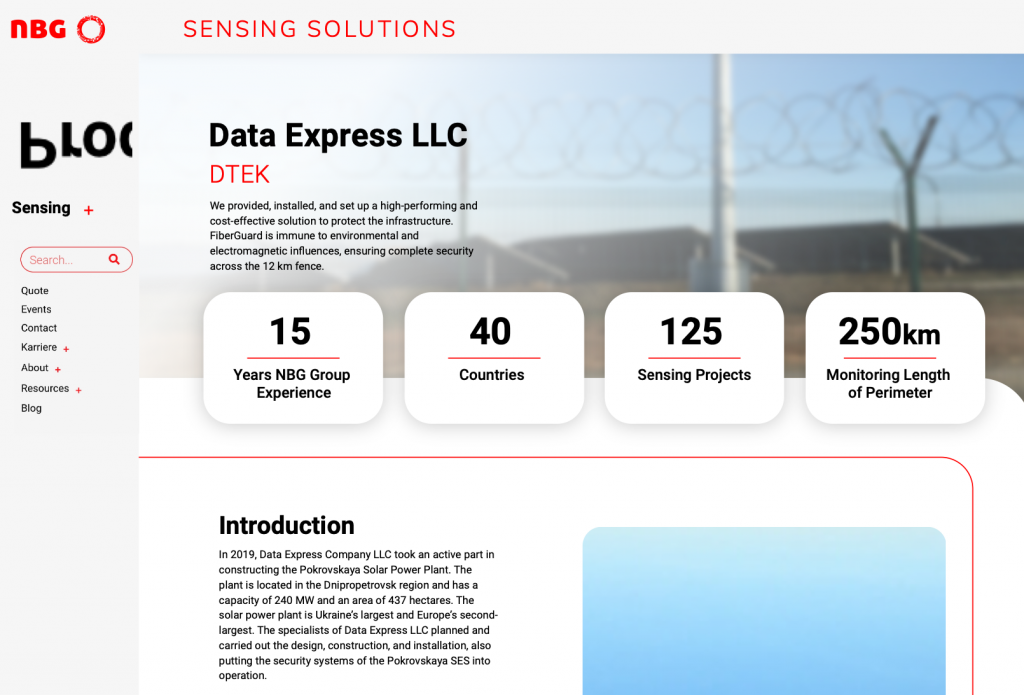
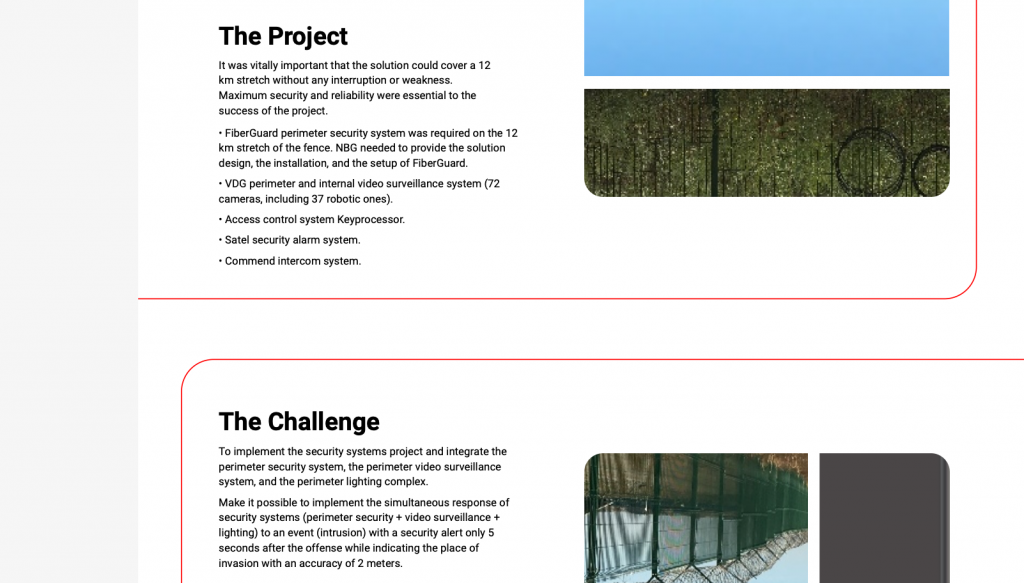
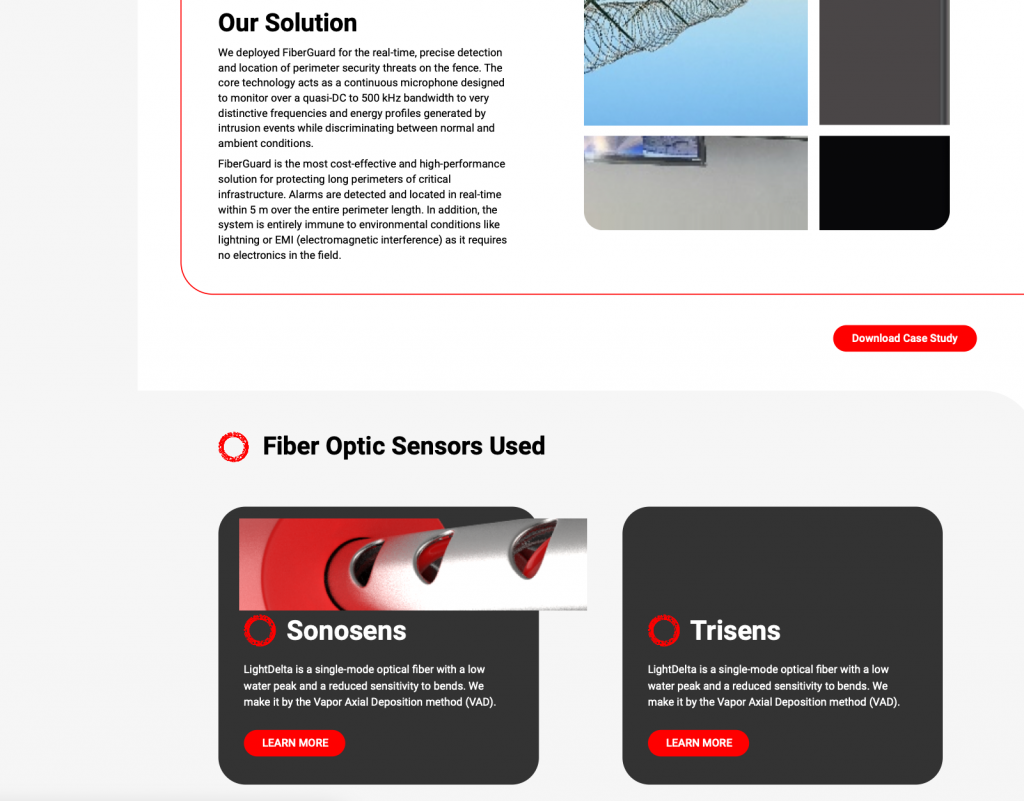
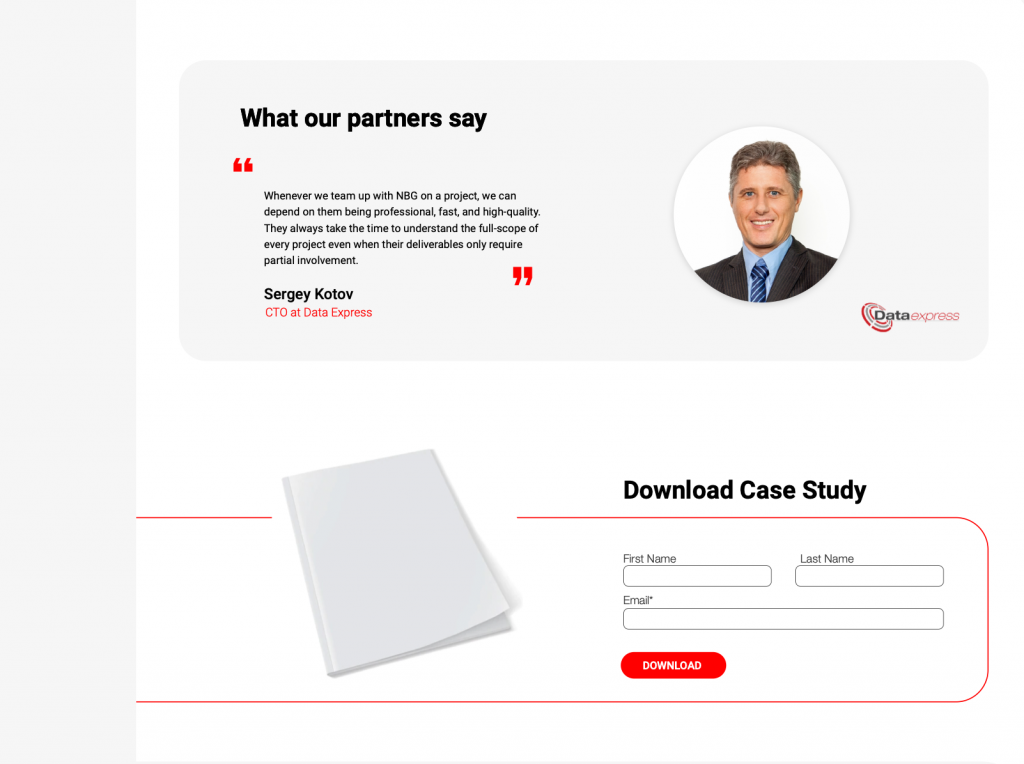
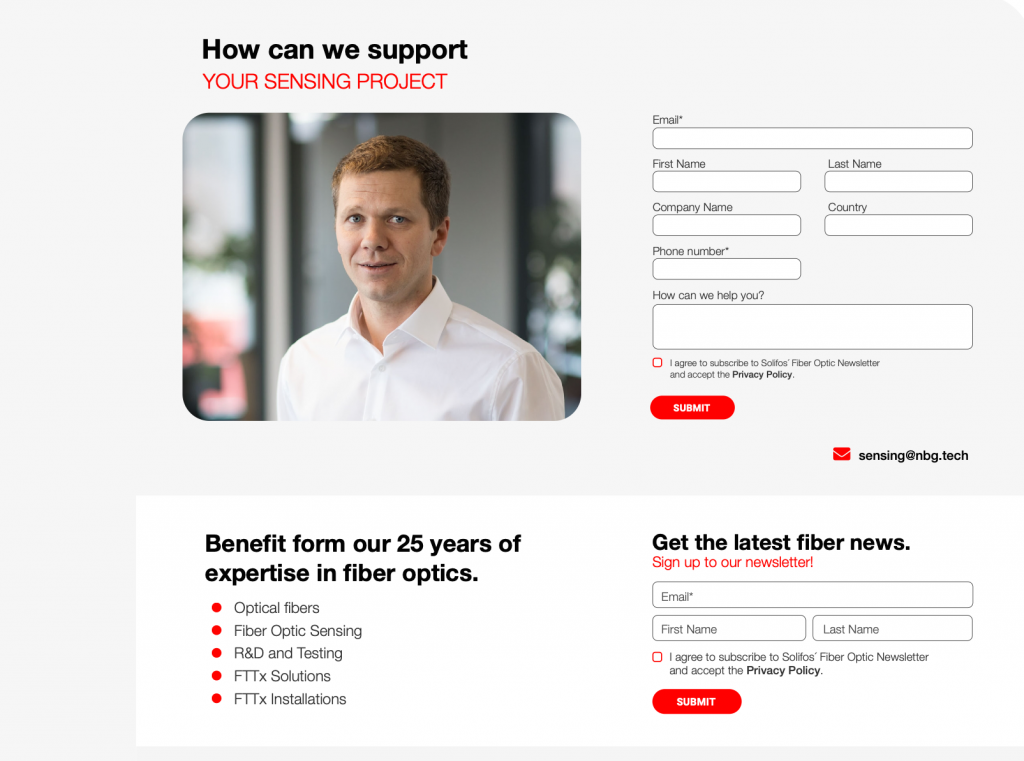
Promoting the Content
After the new Sensing Pages were online, we created a multi-channel campaign to promote the new pages. I wrote blog posts that linked to the pages and shorter social media posts for LinkedIn. The LinkedIn posts were a combination of repurposed content from the new page, content from the new blog posts, and new content exclusively for LinkedIn.
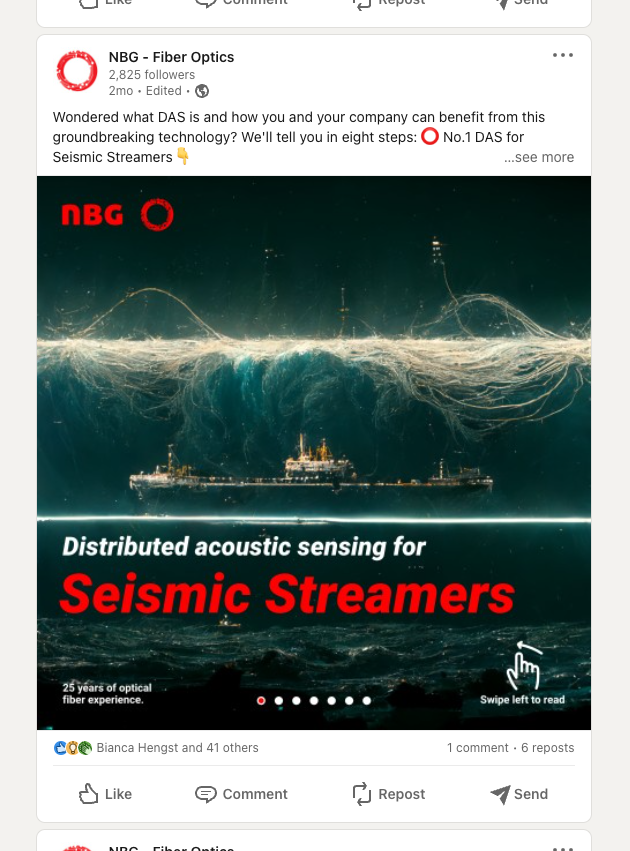
Here’s a link to an example of one of the blog posts. It’s a comprehensive 12-minute read that explores the practical benefits of fiber optic sensing technology to NBG’s clients. The purpose of the content was to show the possibilities. It also makes it clear that NBG could assist clients if they were interested.
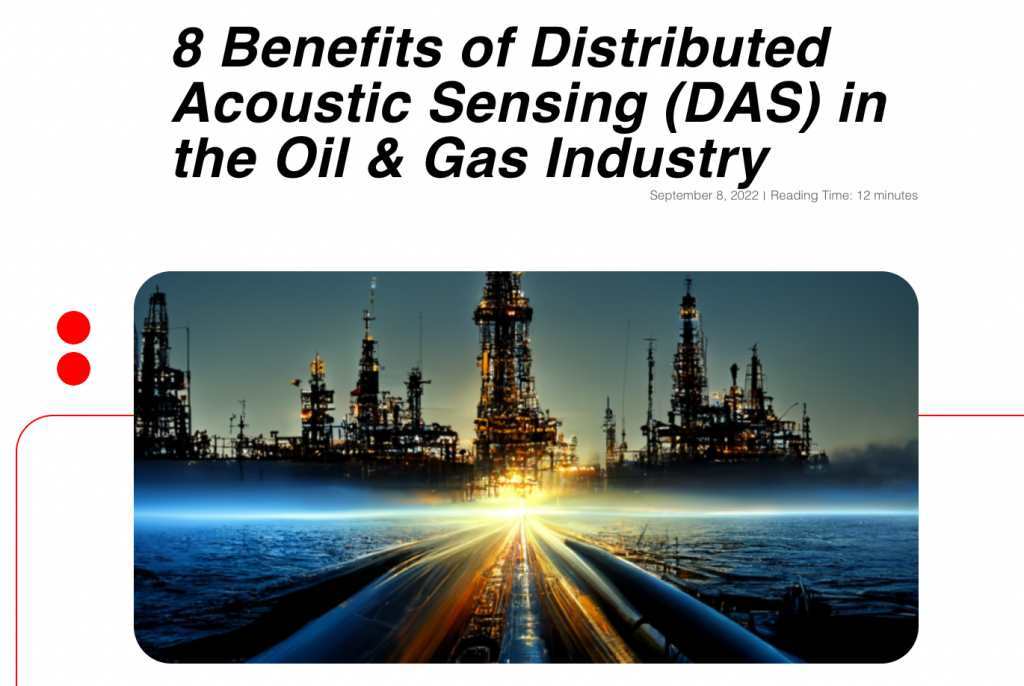
The Power of Alignment Workshops
Hopefully, this has revealed the powerful results possible with alignment workshops. The key people within the company were involved in every step of the process. The process encourages everyone to give their all, pushing people to go out of their comfort zone. Everyone is equal, sharing ideas on strategy and even designing. The voting process is fair, and the decider ensures that the winning idea is worked on and implemented right away.
